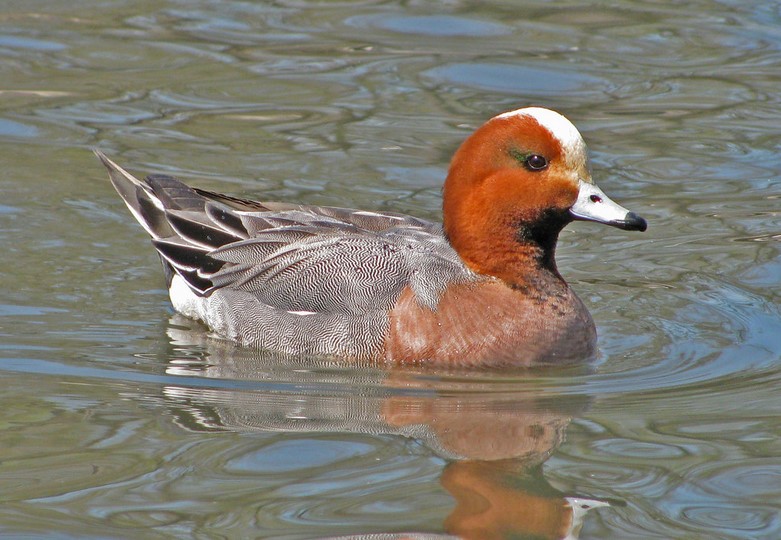Village Life : Nature Notes
News
Winter visitors : December 2021
Some of you may have seen some of our regular Winter visitors around recently, particularly in our hedges and trees as they try to stock up on fruit and berries to put on the ounces before the weather really turns wintry.
The Redwing is a pretty-looking thrush with a broad cream stripe over the eye and a patch of 'tomato soup' orange on its flanks. Redwings come to us from Scandinavia or Russia, arriving here from October onwards. They don't tend to visit gardens very much but you will see them hopping around on Hawthorn or Rowan, hoovering up the berries.
Their larger cousin the Fieldfare (pictured here) may arrive a little later, with their numbers growing noticeably if there is bad weather on the continent. If you are out walking you may be alerted by their distinctive chattering call as a flock flies overhead.


If you are in search of local wintering wildfowl, then you can't go far wrong with a visit to Kemerton Lake. The number of ducks present will fluctuate with the weather - the worse the weather in Northern Europe, the more wildfowl head our way in search of something a little more hospitable.
You can often find eight or nine species of duck on the lake in the Winter. Mallard, Gadwall, Tufted Duck are with us all year round, as are Pochard in small numbers which are then swelled by Winter visitors from the continent. Shoveler, Wigeon and Teal are usually here in decent numbers during the Winter, and you can also see a few Pintail and the occasional Shelduck. If you are really lucky you might see a Goldeneye, or even a Smew!
Articles
Feeding garden birds
It is quite likely that you - along with around half the households in the UK - put food out for the birds in your garden.
Many of us take pleasure in seeing birds visiting our 'feeding station', whether that be Blue and Great Tits chipping away at peanuts in a feeder, or perhaps a Robin who has a special preference for mealworms. For some people this is their only real contact with the natural world and as such must surely play its part in improving mental health.
However, have you ever given any thought about the possible negative effects of putting out food for wild birds? This interesting article on the BBC News site summarises some of the findings of research published in the Biological Conservation journal, which indicate that helping to boost the population of species such as Blue Tit can actually have a detremental effect on the breeding success of other birds including Willow and Marsh Tit.
If you still want to encourage birds into your garden by putting out food, then following a few simple guidelines can help ensure you have a tip-top feeding regime:
- Keeping it clean: take down your feeders and clean them every couple of weeks. This helps reduce the possibility of disease.
- Spread it around: put food out in several different places to give the shy birds more of a chance to get their share.
- Top quality: like most things in this life, you get what you pay for. It is worth buying premium rather than budget food if you can; helping birds to 'bulk up' with quantities of poor quality food can actually have the opposite of the desired effect.
- Remember moggies: if your garden is visited by cats then feeding the birds can be difficult, so you should put your feeders where cats cannot get the jump on your feathered visitors.
